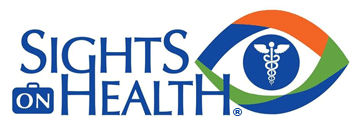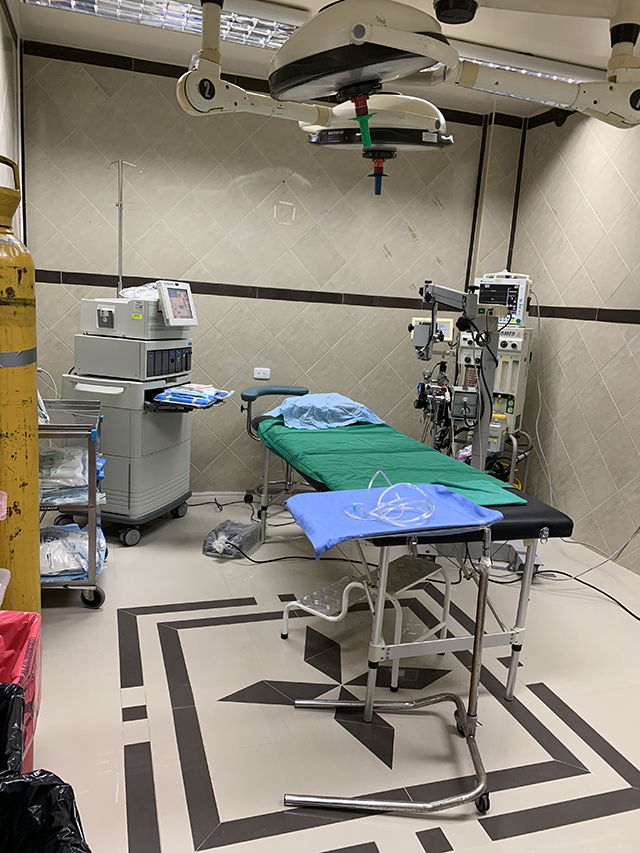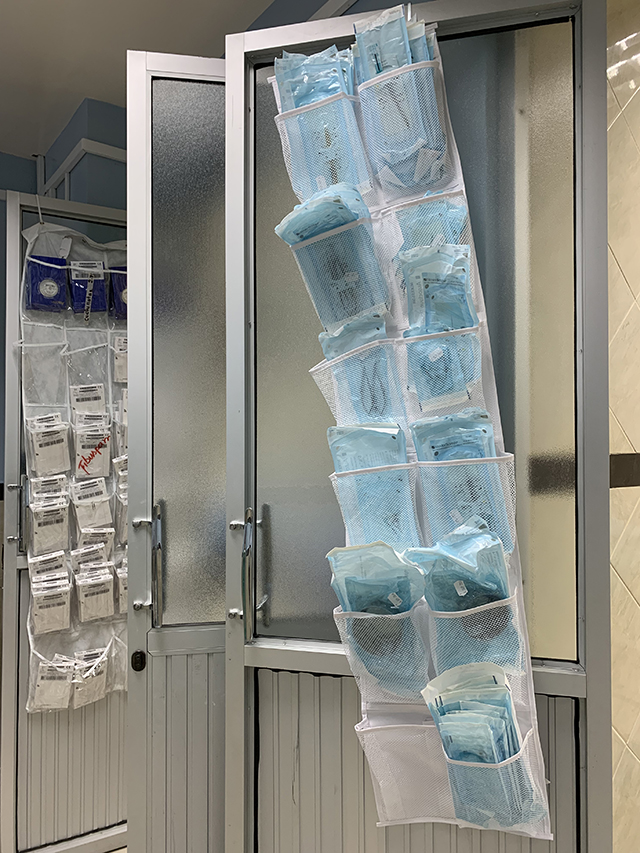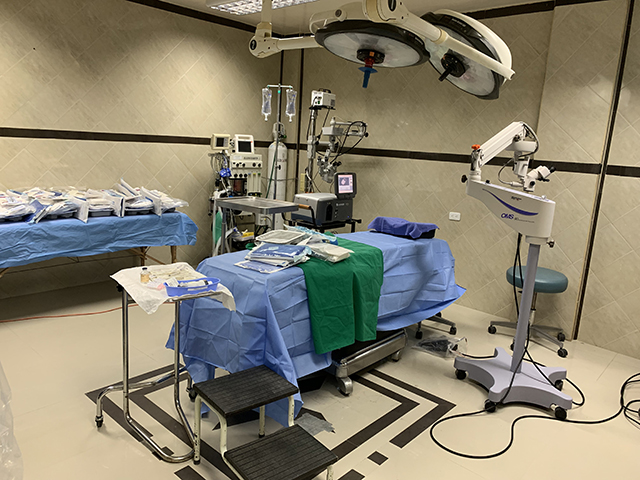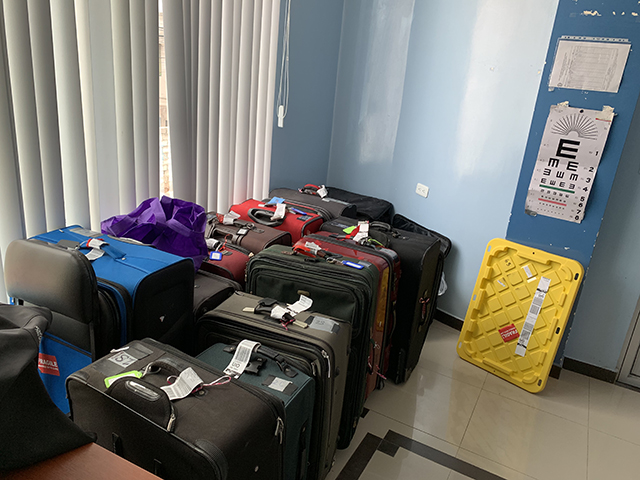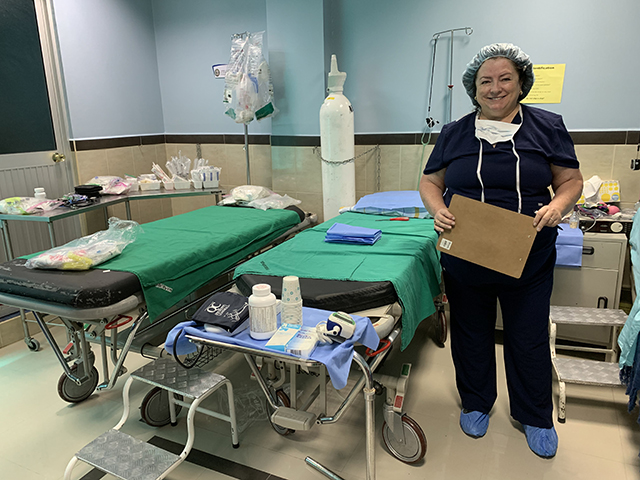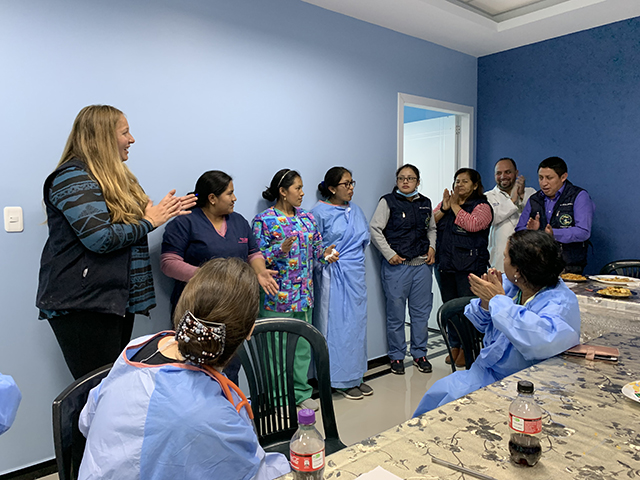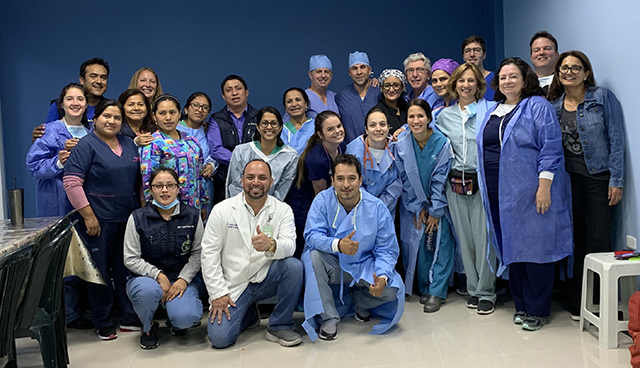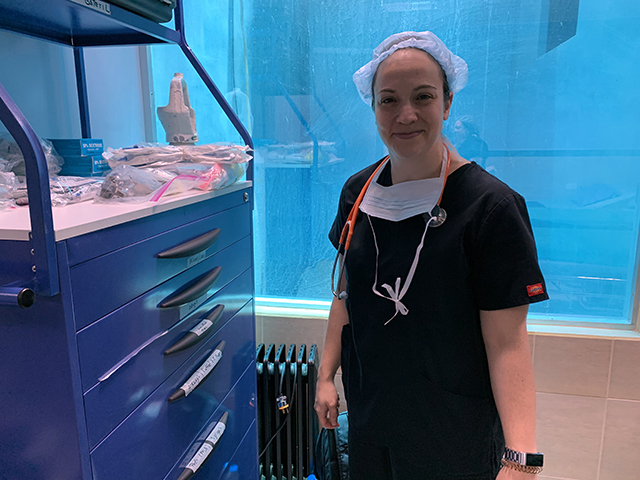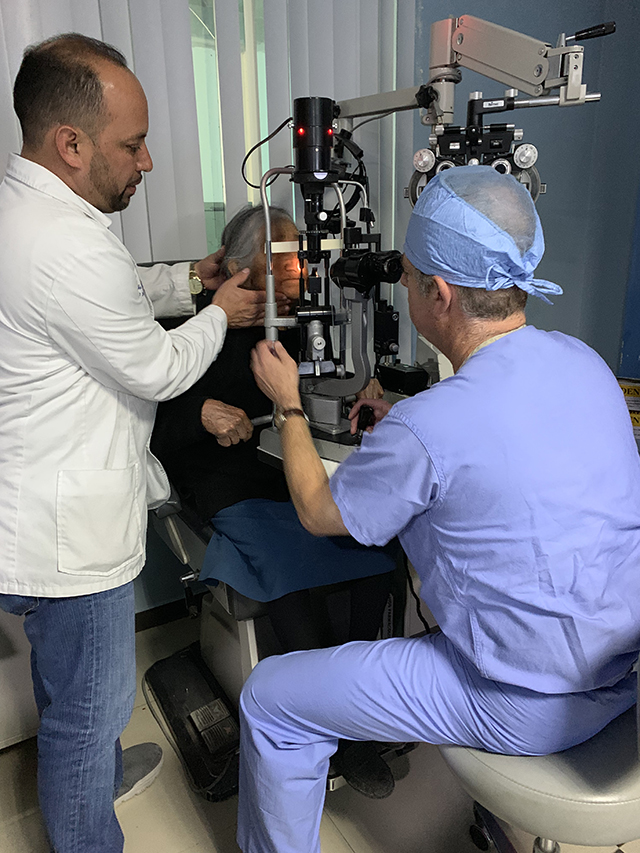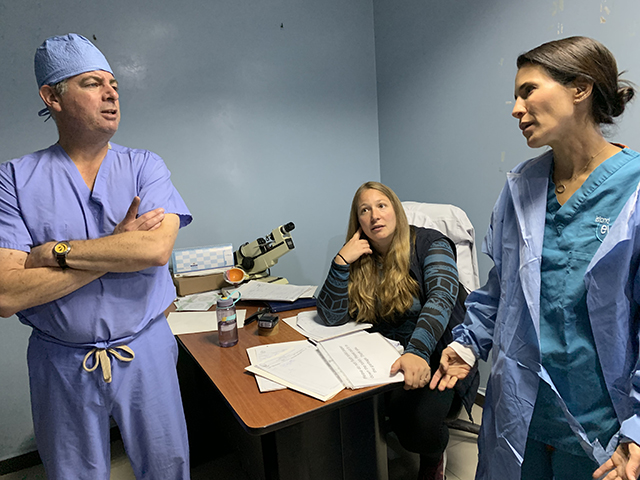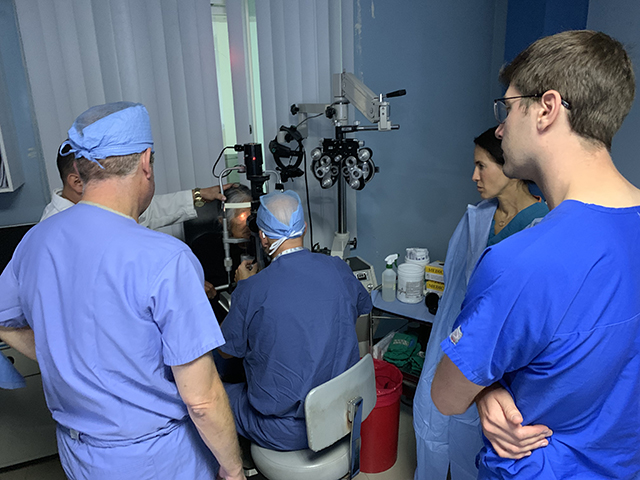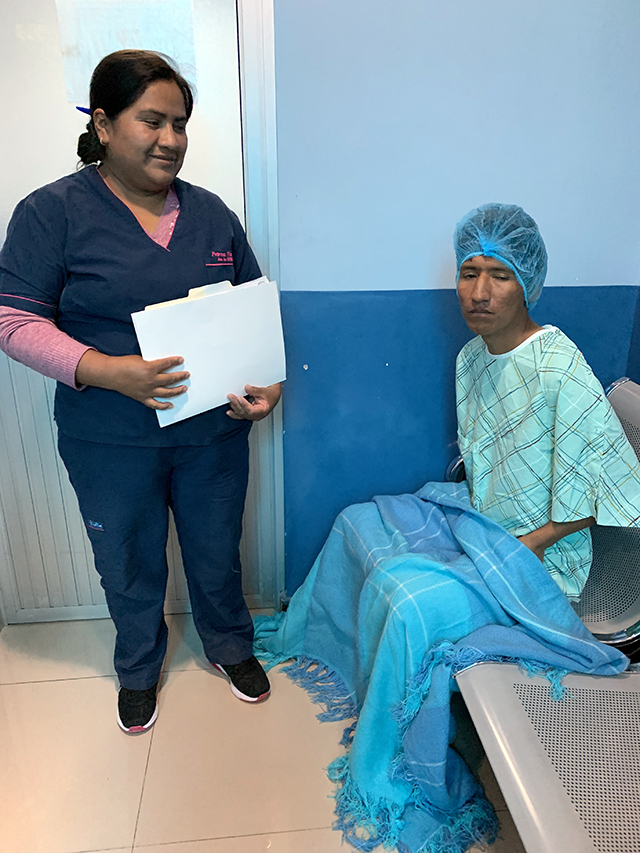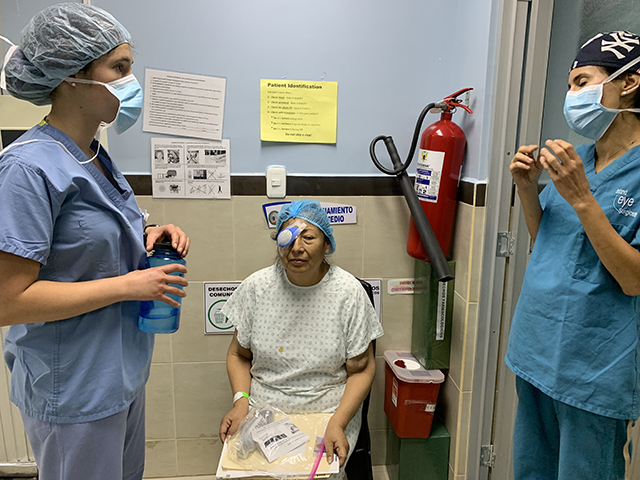This blog post is written by Pallavi Tatapudy, MS4 at Renaissance School of Medicine at Stony Brook University who served as co-leader of the 2017 medical and surgical mission to Sacred Valley, Perú organized by A Promise to Peru.
“Character may be manifested in the great moments, but it is made in the small ones.” -Phillips Brooks
After over 18 hours of travel yesterday, our team rested well and was looking forward to the scrumptious breakfast offered by Hotel Zeus of eggs, fruit, cereal, yogurt, tea, bread, and jam. A few team members left the hotel at 10:00 am for the clinic. The rest of the team traveled together on the bus and joined about half an hour later. Wilson kindly taught us about the geography of Ecuador during the bus ride. Ecuador is divided into twenty-four provinces. There are ninety-six volcanoes, twelve of which are active with steam and three of which are in the process of erupting. Chimborazo is the highest mountain from the center of the earth and is higher than Mt. Everest which is measured from sea level. The capital of Chimborazo is Riobamba in central Ecuador with a population of 220,000. Riobamba is one of the five largest cities in Ecuador and is called “La Sultana de los Andes” because it is surrounded by four volcanoes. Wind blows in from the Amazon region and causes Riobamba to be very cold at times, giving way to the playful nickname, “Fríobamba.” Riobamba is near the equator line and the strength of the sun must be taken seriously. Ecuadorians have to protect their skin even when the weather is cloudy. We all thanked Wilson for educating us on these key points. With this new knowledge, we walked into the clinic with cheerful smiles, feeling more prepared for the adventures that laid ahead.
For the rest of the morning and early afternoon, our team worked quickly to unpack our 20+ suitcases and 4+ carry-on bags full of mission equipment and supplies. The areas for registration, intake, pre-operative clearance, post-operative recovery, and sterilization were carefully set up. The surgical instruments and machines were prepped and organized in the two adjacent operating rooms by knowledgeable team members.
Once we were finished with unpacking and set-up, we took a break to inaugurate the newly constructed third floor of the clinic over a wonderful lunch of noodles and fried rice. The entire staff from Sights on Health, Partners for Andean Community Health, and FIBUSPAM were officially introduced to each other. The room was filled with mutual respect and appreciation for all the hard work that has taken place by each party to make this mission possible. A group picture was taken to commemorate this beautiful moment of unity. Many thanks to the attention to detail by the Partners for Andean Community Health and FIBUSPAM that continues to ensure that every member of the mission is fed well. Significant efforts are being made to cater to the vegetarian and gluten-free diets of our team.
Following lunch, we immediately got to work. We started the processes of registration, obtaining consent for the surgical procedures, and pupillary dilation. We reviewed patients’ medical histories, allergies, medication lists, labs, EKGs, pre-operative vision screen results, and more in the pre-operative area next to the operating rooms to determine if the patients were cleared for surgery. The risks and benefits of surgery were discussed with patients once again. Patients received nerve blocks and were moved into the operating rooms for surgery. The surgeries began around 3:00 pm and ended around 9:30 pm. After the vital signs were stable and post-operative instructions were delivered to the patient and the patient’s family members, patients received help to change their clothes and were escorted out of the clinic. As the day progressed, we noticed several areas of improvement. We brainstormed how to best move forward and then implemented important changes to increase the efficiency of our clinic.
Today, we had the pleasure of meeting Myriam, a hard-working 56-year-old mother with a medical history of hypertension and chronic kidney disease on dialysis with her last session being yesterday. She was accompanied by her brother. Myriam’s cataract was successfully removed with no complications. She was so grateful for her positive experience at the clinic and kissed each staff member on the cheek before leaving. She repeatedly called me, “mi hija,” throughout our warm interactions throughout the day. I felt we were family even before this phrase was used. Another patient with similar sweetness was overcome with gratitude. He hugged me many times and said, “Dios le paga. Dios le paga.” God will pay you. God will pay you. We are so fortunate for the opportunity to learn from and serve patients. We are one family.
By the end of the day, we reached our goal of completing ten surgeries! How wonderful! We then cleaned and prepared the clinic for tomorrow. Our team continued this day of brainstorming and bonding by eating pizza together on the third floor of the clinic. During dinner, we were introduced to the wonderful physical therapist who works at the clinic. He is also an expert in providing healthcare to indigenous populations through his knowledge of plant-based natural remedies which are commonly used in Ecuador. We waved good night to the clinic as we boarded the bus to leave for the day. We reached the hotel by 10:30 pm and went up to our rooms thankful for a good day and excited for a better tomorrow. ¡Hasta mañana, familia!
